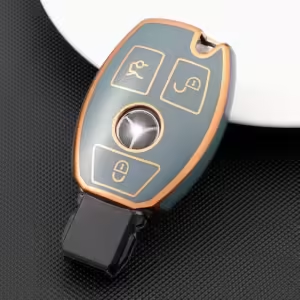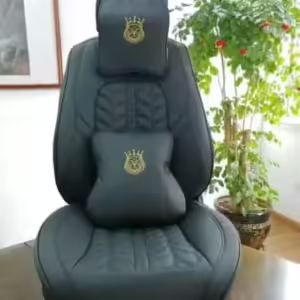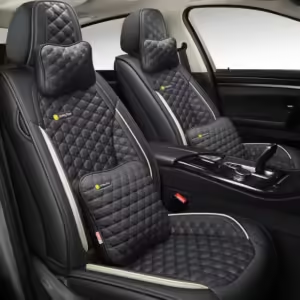No products in the cart.

Deciphering the Differences: Korean vs. Chinese Car Batteries
In the realm of automobiles, the heartbeat lies within the rechargeable batteries that power various electrical components. Commonly known as SLI (Starting, Lighting, and Ignition) batteries, these energy sources are vital for a vehicle’s functionality. Lead acid batteries, with their lead oxide plates submerged in an electrolyte solution, dominate the market, with China and Japan emerging as key manufacturing hubs.
Quality and Specifications: While both Korean and Chinese car batteries operate on similar principles, their quality and specifications vary significantly. Lead acid batteries excel in delivering high power for short durations, crucial for starting the car or igniting the engine. China boasts a diverse range of batteries available at varying price points, including brands like Booster, Eastar, FNG, and Satis. These batteries offer affordability but may vary in charge densities, affecting their power delivery capabilities. Conversely, Japanese brands like POWERGOR, Koyosonic, Volta, and AGS prioritize durability and charge density. Renowned for their advanced manufacturing technology, Japanese batteries feature high-quality lead oxide plating and electrodes, ensuring prolonged lifespan and stable performance.
Cost and Value: The cost comparison between Chinese and Japanese batteries often favors China due to its affordability and extensive product range. However, Japanese batteries, while pricier, offer superior durability and performance, making them a preferred choice for long-term stability.
Electrolyte Quality: Japanese batteries stand out for their meticulous attention to electrolyte quality, maintaining precise concentrations for optimal performance. This ensures faster charging times and reduces the need for frequent electrolyte level checks. Conversely, Chinese batteries exhibit variability in quality, with different grades available at varying prices. Lower-quality Chinese batteries may lack thermal resistance and lose electrolytes faster, impacting performance and lifespan.
Performance Metrics: The discharge capacity of car batteries is a critical performance metric, with conventional lead acid batteries capable of up to 80% discharge. However, some lower-quality Chinese batteries may fall short of this benchmark, affecting overall longevity and reliability. Future success in the battery industry hinges on manufacturers’ ability to deliver products with the highest number of charging and discharging cycles, meeting customers’ demands for longevity and performance.
Solid Leather Full Coverage Car Seat Cover – Ash and Black
₦110,000.00Solite Battery 75ah/12v Korea Battery Price and warranty
₦95,000.00Stella Car Air Freshener – Top Scent
₦10,000.00Super Diamond MF57520 Car Battery 75ah/12v
₦95,000.00Target Car Battery 75ah/12v
₦95,000.00Toyota Branded Rubber Floor Mats for Toyota Cars – Red and Black
₦30,000.00TPU Car Key Protector Cover For Benz – High-Quality Protective Cover Case
₦10,000.00Universal Car Leather full coverage Seat Covers – More colors
₦110,000.00Universal Car Leather Seat Covers Set Anti-Slip Waterproof Car Cushion seat Cover
₦115,000.00
In the realm of car batteries, distinguishing between Korean and Chinese products involves assessing various factors, including cost, quality, durability, and performance. While Chinese batteries offer affordability and a wide selection, Japanese counterparts prioritize longevity and reliability. Understanding these differences enables consumers to make informed decisions based on their specific needs and priorities, ensuring optimal performance and longevity for their vehicles.










8 Comments